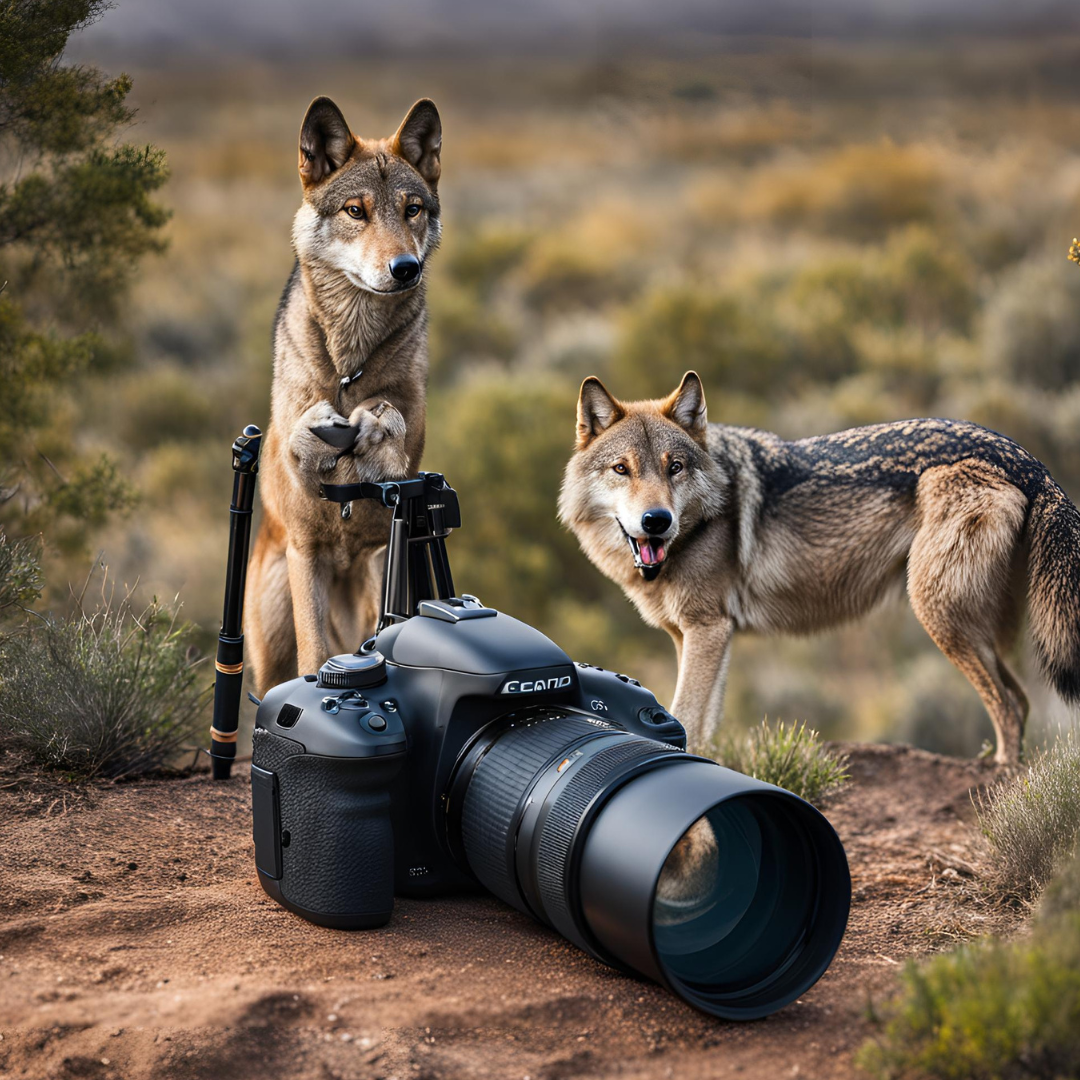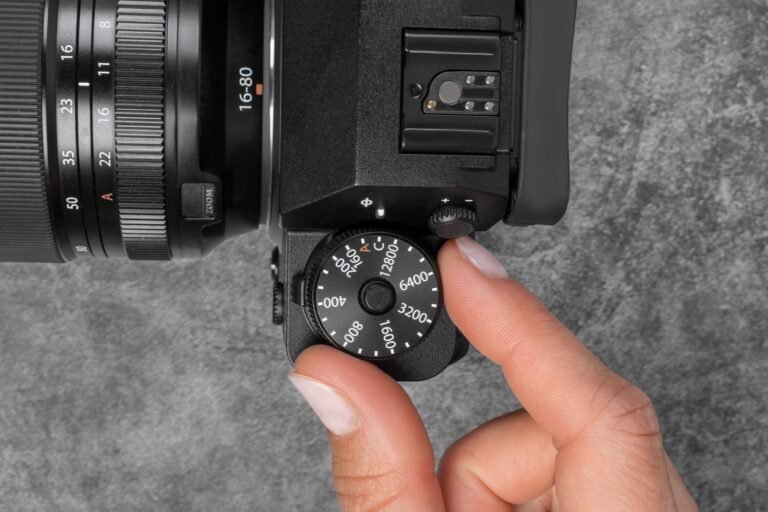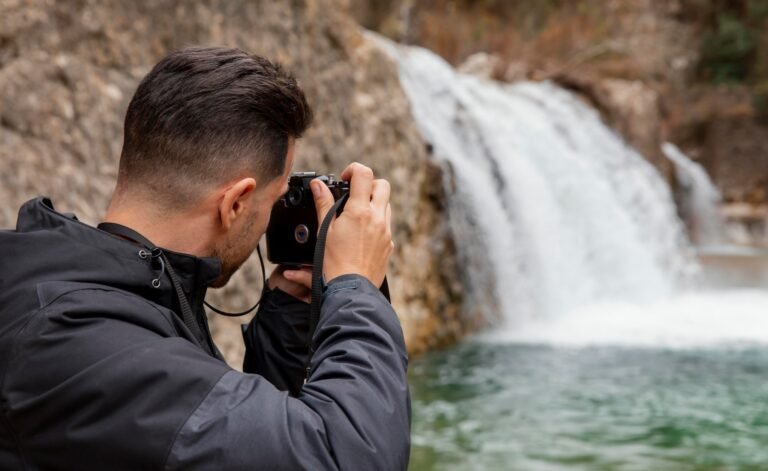
Safety while photographing wildlife
Maintaining personal safety during wildlife photography trips is crucial, as these environments can be unpredictable and potentially hazardous. Here are some preventive measures to consider:
1. Research and Planning: Before your trip, thoroughly research the area you’ll be visiting, including local wildlife species, terrain, weather conditions, and any potential risks associated with the location.
2. Travel with Others: Whenever possible, travel with a companion or in a group. This enhances safety in case of emergencies and provides support in challenging situations.
3. Respect Wildlife: Always maintain a respectful distance from wildlife to avoid startling or provoking animals. Use telephoto lenses to capture close-up shots without getting too close.
4. Stay Aware of Surroundings: Remain vigilant and attentive to your surroundings at all times. Wildlife behavior can be unpredictable, so be prepared to react calmly and sensibly.
5. Pack Essential Gear: Carry essential safety gear such as a first aid kit, a whistle, a flashlight, a multi-tool, and sufficient water and food. Also, ensure your camera gear is securely packed and protected.
6. Dress Appropriately: Wear appropriate clothing and footwear for the terrain and weather conditions. Layer clothing for variable weather and consider insect repellent in areas prone to mosquitoes or ticks.
7. Follow Local Regulations: Adhere to local wildlife regulations and guidelines. Respect restricted areas and be aware of any seasonal restrictions or closures.
8. Emergency Communication: Carry a fully charged cell phone with emergency contacts programmed in. In remote areas, consider a satellite phone or emergency beacon for reliable communication.
9. Learn Basic Wilderness Skills: Basic knowledge of wilderness first aid, navigation, and survival skills can be invaluable. Consider taking a wilderness safety course if you’re unfamiliar with these.
10. Weather Awareness: Monitor weather forecasts and be prepared for sudden changes in weather conditions. Plan your activities accordingly to avoid being caught in hazardous situations.
11. Inform Others: Let someone know your itinerary and expected return time. Check in periodically if possible, especially if you’re venturing into remote areas with limited communication.
By following these preventive measures, you can enjoy your wildlife photography trips safely while respecting nature and minimizing risks to yourself and the wildlife around you.






